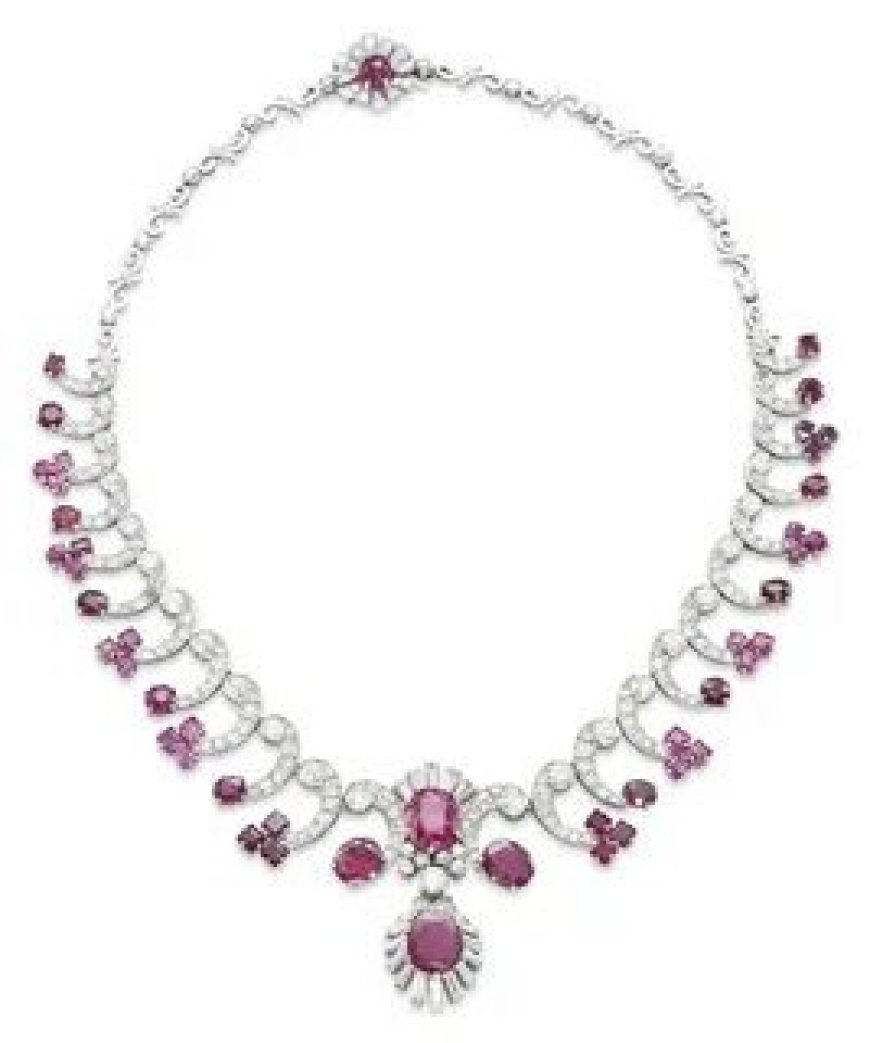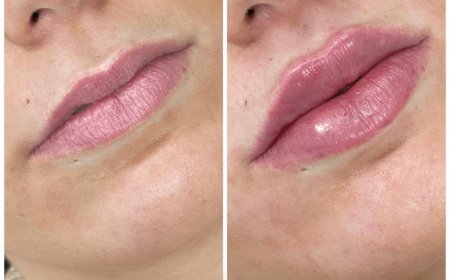Cleaning White Gold & Pink Sapphire Necklaces Safely

A white gold and pink sapphire necklace is more than a piece of jewelry its a delicate blend of precious metal and gemstone that deserves careful maintenance. Whether it's an heirloom or a recent purchase, keeping it clean the right way not only maintains its brilliance but also extends its life.
This guide explains how to safely clean your necklace, avoid damage, and preserve its beauty, with trusted techniques and expert advice.
Why White Gold and Pink Sapphire Require Special Care
Both white gold and pink sapphires are beautiful, yet they each need different care approaches. White gold, typically alloyed with other metals, is plated with rhodium for shine. Harsh cleaners can wear off this plating.
Pink sapphires, though quite hard (9 on the Mohs scale), can still suffer from damage due to heat, chemicals, or abrasives. Combining the two materials in a single necklace means you need a gentle, tailored cleaning routine.
Common Mistakes to Avoid While Cleaning
Before diving into cleaning methods, be aware of these frequent errors that can damage your necklace:
Harsh Chemicals
Avoid using bleach, ammonia, or alcohol-based cleaners. These can dull the gemstone and strip the rhodium layer from white gold.
Ultrasonic Cleaners
While theyre effective for diamonds, ultrasonic machines can loosen pink sapphires or cause micro-fractures, especially in older or treated stones.
Using Toothpaste or Baking Soda
These abrasives may scratch both the gold and the sapphires surface, leaving permanent damage.
Safe At-Home Cleaning Routine Step-by-Step
Cleaning your white gold and pink sapphire necklace at home doesnt require expensive products. Here's a trusted process that is both safe and effective:
Materials You'll Need:
-
A bowl of lukewarm water
-
Mild dish soap (free of bleach or acids)
-
A soft-bristle toothbrush
-
A microfiber cloth
-
A small soft towel
Step 1: Prepare the Cleaning Solution
Fill a bowl with lukewarm water and add just a drop or two of gentle dish soap. Mix gently until it forms a soapy solution.
Step 2: Soak the Necklace
Place the necklace in the solution and let it soak for 1015 minutes. This will loosen oils, dirt, and cosmetic residue without harming the metal or stone.
Step 3: Gently Brush the Details
Using the soft toothbrush, lightly scrub the necklace especially around the setting and chain links. Be gentle near the sapphire to avoid loosening it.
Step 4: Rinse Thoroughly
Hold the necklace under lukewarm running water. Make sure all soap is removed, as residue can attract more dirt.
Step 5: Dry with Care
Pat the necklace dry with a microfiber cloth. Lay it flat on a towel to air dry completely before storing or wearing.
How Often Should You Clean It?
For daily wear, clean your white gold and pink sapphire necklace every two weeks using the above method. For occasional use, monthly cleaning is usually enough.
Always inspect your necklace before and after cleaning to check for loose stones or worn prongs. If you notice anything unusual, take it to a professional.
When to Seek Professional Cleaning
Some situations call for expert handling, especially if your necklace includes:
-
Intricate designs or pav settings
-
Signs of wear, dullness, or discoloration
-
Heirloom pieces or antique craftsmanship
A professional jeweler can use ultrasonic or steam cleaning under controlled conditions and check for structural issues at the same time.
Safe Storage Between Wears
Proper storage can keep your necklace clean and scratch-free. Here's how to store it the right way:
Use a Soft Jewelry Pouch
Store it in a soft, fabric-lined pouch to prevent scratching or tangling with other jewelry.
Avoid Direct Sunlight
Extended exposure to heat and light can affect the color tone of sapphires and the rhodium plating.
Keep Away from Humidity
Store in a dry place, ideally with a moisture-absorbing packet nearby.
Cleaning Myths About White Gold and Pink Sapphire Necklaces
Myth 1: You Can Clean It with Vinegar
False. Vinegar is acidic and can corrode white gold over time. Stick with pH-neutral cleaners.
Myth 2: Boiling Water Makes It Shine
Not only is boiling risky for loosening the gemstone setting, but extreme heat can damage treated pink sapphires.
Myth 3: Jewelry Cleaners Work for All Pieces
Many over-the-counter cleaners contain ammonia or acids that are unsafe for either white gold or sapphires.
Understanding What Dulls Your Necklace Over Time
Natural Oils from Skin
Our skin produces oil that can stick to the surface of sapphires and gold, attracting dirt.
Lotion and Perfume
These everyday products contain alcohol and other ingredients that coat your necklace in residue, dimming its shine.
Chlorinated Water
Pools and hot tubs are dangerous zones for white gold jewelry. Chlorine can react with the metal alloys and cause permanent damage.
Long-Term Care and Maintenance Tips
Maintaining your white gold and pink sapphire necklace isn't just about cleaning. Its also about consistent care.
Avoid Wearing During Physical Activity
Sweat and impact can cause both cosmetic and structural damage.
Schedule Yearly Checkups
A jeweler can inspect for signs of metal fatigue, loose stones, and rhodium wear. Rhodium plating can also be reapplied to restore the bright white shine.
Polish Professionally
Only a professional should polish white gold, as improper buffing can wear it thin.
Expert Advice from Jewelers
Many certified gemologists recommend gentle, frequent cleaning at home paired with professional service once or twice a year. Jewelers often report that the most common issues with a white gold and pink sapphire necklace stem from neglect and overuse of harsh cleaning methods.
Final Thoughts on Keeping It Sparkling
Caring for your white gold and pink sapphire necklace the right way ensures that it remains a cherished, radiant piece for years to come. Gentle, regular cleaning, smart storage, and occasional professional attention are all it takes to maintain its beauty and value.
With proper care, your necklace wont just sparkle it will tell a story of elegance, timelessness, and thoughtful upkeep.





























